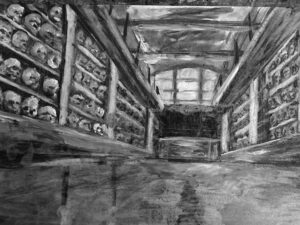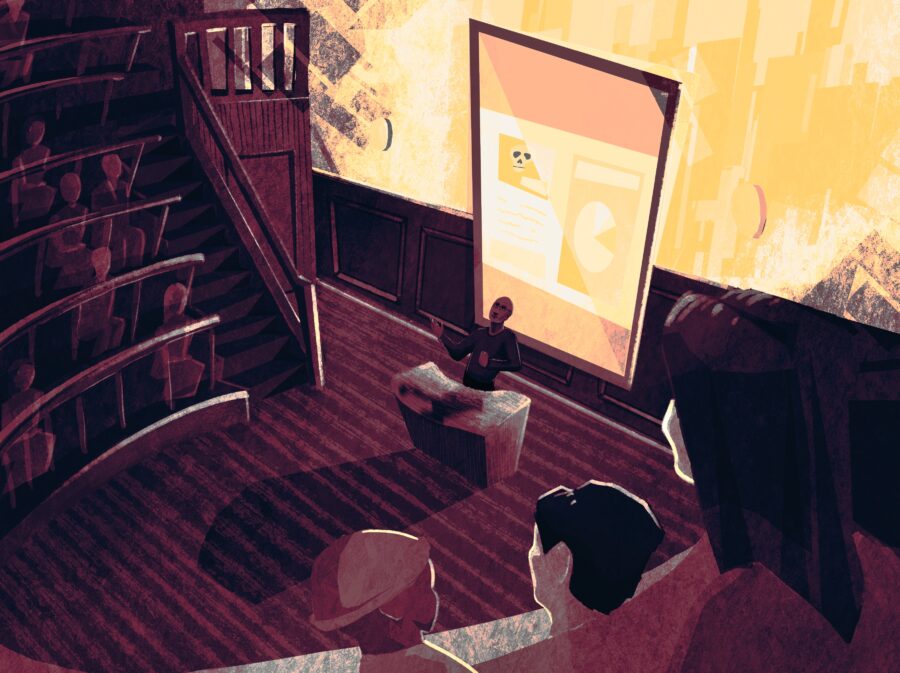1.5 Final Reflections and Future Considerations (Pt. 6)
The impact of our event Face to Face was more than I could have ever anticipated. As a group, we successfully responded to our project brief:
- How might we tell the complex stories of the Skull Collection from a museological perspective while engaging seriously with decolonial thought and struggle?
- What strategies can be employed to address knowledge and metadata gaps in small museums?
Initially, I felt that as a student on this course, the project needed to be a traditional curated exhibition, similar to that of the other GRP group. It was only as I began further research into the Skull Collection that I realised the following: a traditional exhibition is not the most appropriate avenue of representation for this collection, and that as curators we have the ability to curate things beyond exhibition spaces. This second discovery was very eye-opening for me and allowed me to better understand the work that would be expected of me when I graduate from the programme, and also instilled within myself the confidence that I could assemble an event of this magnitude. The highlights of working on this project, of which there were many, included:
- Working closely with the curators of the Anatomical Museum, Malcolm MacCallum and Ruth Baxter.
- Networking with our speakers and moderators, whose insight and advice was extremely helpful in developing career skills.
- Delegating work and communicating effectively with my group!
- Providing a sense of dignity and justice to the descendants currently resting within the Skull Collection.
However, the work is only just beginning in regards to the Skull Collection. For myself, Face to Face was a catalyst from which further justice work can be undertaken. For example, conversations have begun with the University’s rector about providing greater support to the museum in order to facilitate meaningful repatriation projects and care for the collection. Our group is currently working on a text for a memorial plaque which will go inside the Skull Room as a means of telling the stories of the individuals within, and ensuring that their pasts are not forgotten. Our alternative labels from Face to Face: The Hidden Histories will remain on display in the museum, and we hope to create more official labels for the displays as well as a self-guided tour map for visitors to use when visiting for the first time.

Interior drawing of the Skull Room by group member Jude Joseph.
The artwork at the top of this blog post is by ECA student, Lucy Keegan. Lucy’s illustration perfectly encapsulates the atmosphere and context of the day. This artwork, as well as photographs and presentation recordings are currently in the process of being uploaded onto the Anatomy Museum’s webpage for everyone to view. Working with the Skull Collection has been incredibly challenging yet ultimately one of the greatest experiences of my academic career. Facing these complicated histories could be emotionally-tolling at times, yet was necessary in order to address the deeply systemic and racist motives for collection by the University from the 18th-20th centuries. Decolonising our museums is an ongoing issue worldwide, and requires the dedicated work of individuals, such as our speakers and curators from Face to Face, in order to ignite real change.
I often reminded myself of a quote from my favourite author, Maya Angelou, while collaborating on this project, which perfectly embodies the work we have done:
“History, despite its wrenching pain, cannot be unlived, but if faced with courage, need not be lived again.” -Maya Angelou

